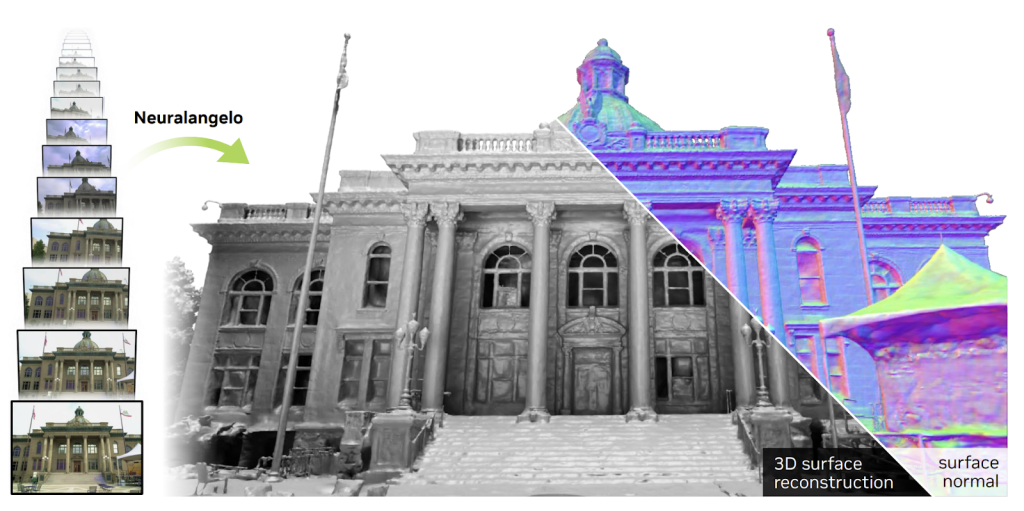
A team of Brno University of Technology researchers and students have developed a 3D printable protection half mask that does not require a special material or printer. The product is intended for the general public and can be easily manufactured on regular 3D equipment utilizing the FDM technology (thermoplastic modeling). Although such printers are usually not recommended for such purposes due to the eventual porosity and difficult sealing of the product, the BUT team’s concept involves an original solution to this problem, allowing the use of standard devices.
The BUT-H1 half mask features a very simple structure, comprising
- a frame (3D printable);
- filter holder (3D printable);
- a disposable glove-based sleeve (latex or nitril);
- an improvised filtering insert (such as a car cabin air filter, a vacuum cleaner HEPA filter or bag, or an air cleaner filter);
- headstraps;
- thin kitchen rubber bands.
User Benefits
Compared to a simple 3D-printed version, this original product including a sleeve brings the following advantages:
- Full sealing thanks to the applied glove
- Good face shape adaptability, meaning optimal tightness
- Face skin contact only with the actual material of the disposable glove
- A sleeve-protected structure eliminating external contamination completely
- A sleeve quick and cheap to replace or disinfect.
Basic Information
The protection provided by a half mask, surgical mask, or respirator depends mainly on a tight face fit; the filtering capability of the applied medium is only a secondary parameter. Even improvised filtering instruments substantially reduce the virus contraction risk, although their protective performance cannot match that of a classic tool.
This product is intended for non-professional use, replacing regular surgical masks and respirators when these are unavailable or do not fit on tightly due to improper design or heavy everyday duty. Our half mask does not comprise an expiratory valve, and the humidity aggregates in the filtering medium; similarly to surgical masks, there then forms a potentially bacterial environment, meaning that the filter must be dried and disinfected or discarded.
Components
To fabricate the halfmask, the following items are necessary:
- A 3D printer capable of delivering a product with the dimensions of 13 x 13 x 7 cm; most standard devices will meet the criterion
- Printing material (filament); generally, the requirements are very minimal, and the user can employ PLA, ABS, PET, PET-G, ASA, CPE, or any relevant alternative
- An elastic, disposable, L-sized glove; other sizes may find application too, although L embodies the ideal option. Nitril gloves are recommended thanks to their durability and overall strength; a latex sleeve is also convenient but offers less reliability and must not be used by persons allergic to the substance. Condoms are also usable if necessary
- An improvised filtering insert having a square-shaped size of at least 70 x 70 mm
Strings, elastic rubber bands, or other material to form the headstraps - Two thin rubber ribbons (cut out from, for example, an inner tube for bicycle wheels)
- A pair of scissors.
This article was first featured at https://ift.tt/3avw8o9 on March 31, 2020 at 06:22AM by BUTSkuPra









New, more comfortable version of this mask is being developed and will be published soon. The design is ready, documentation needs to be updated.
Good to hear.